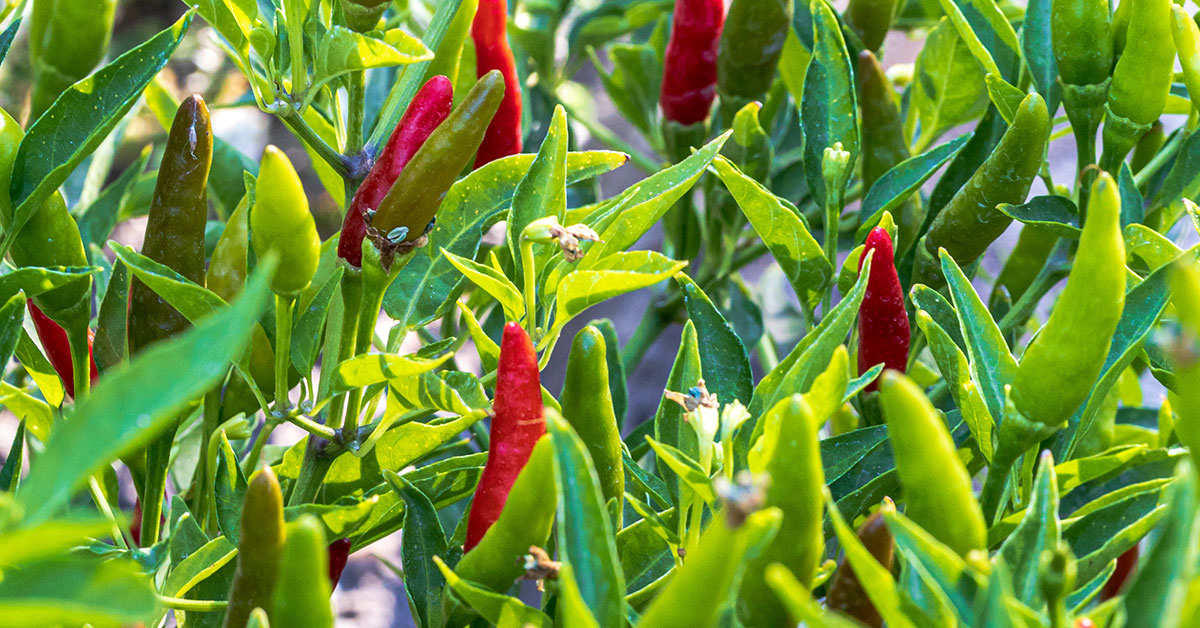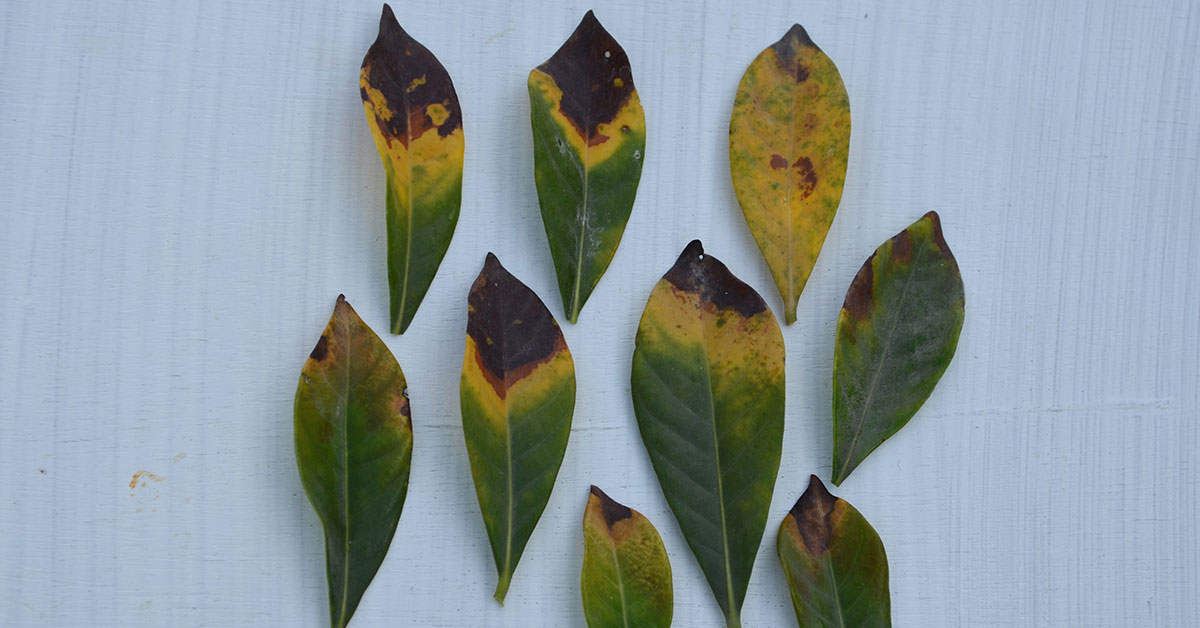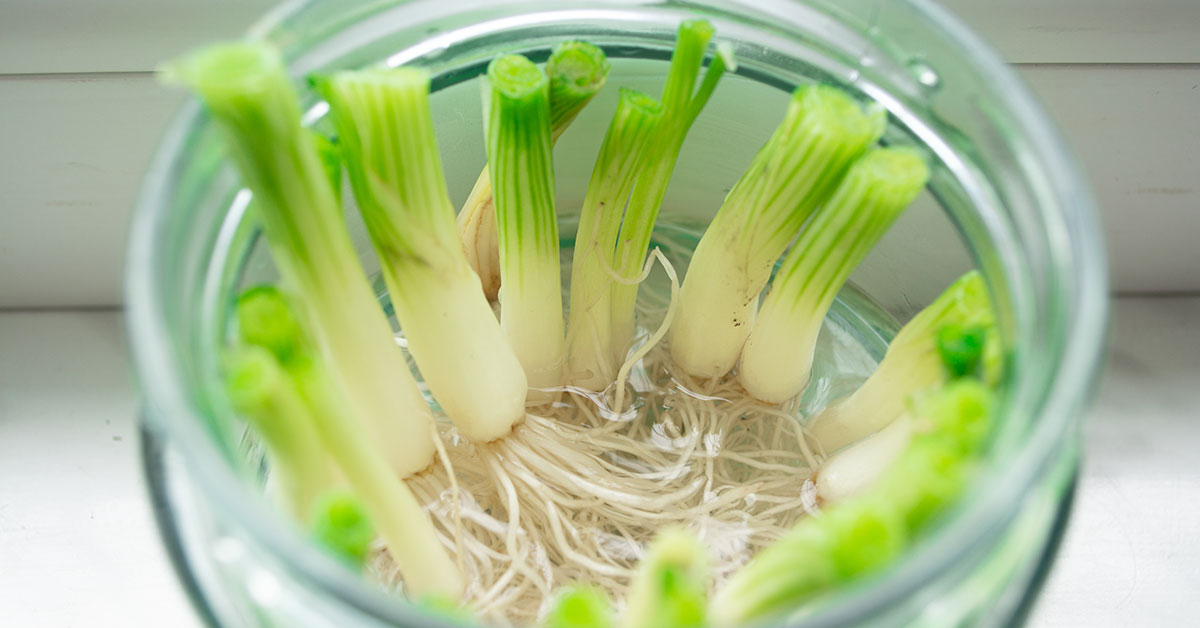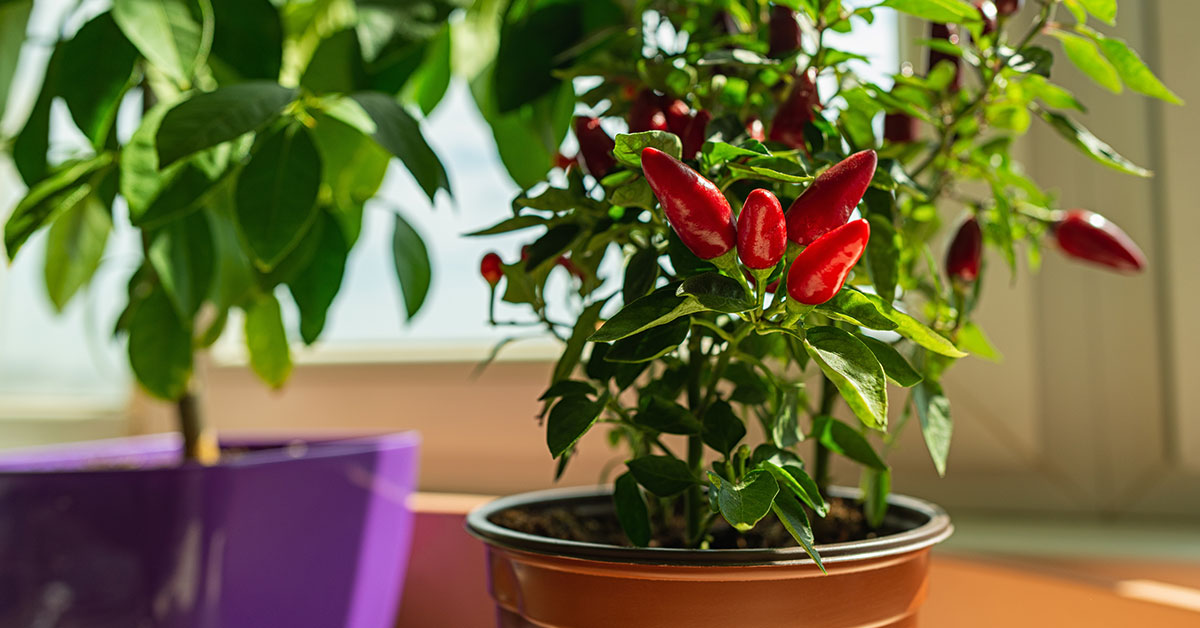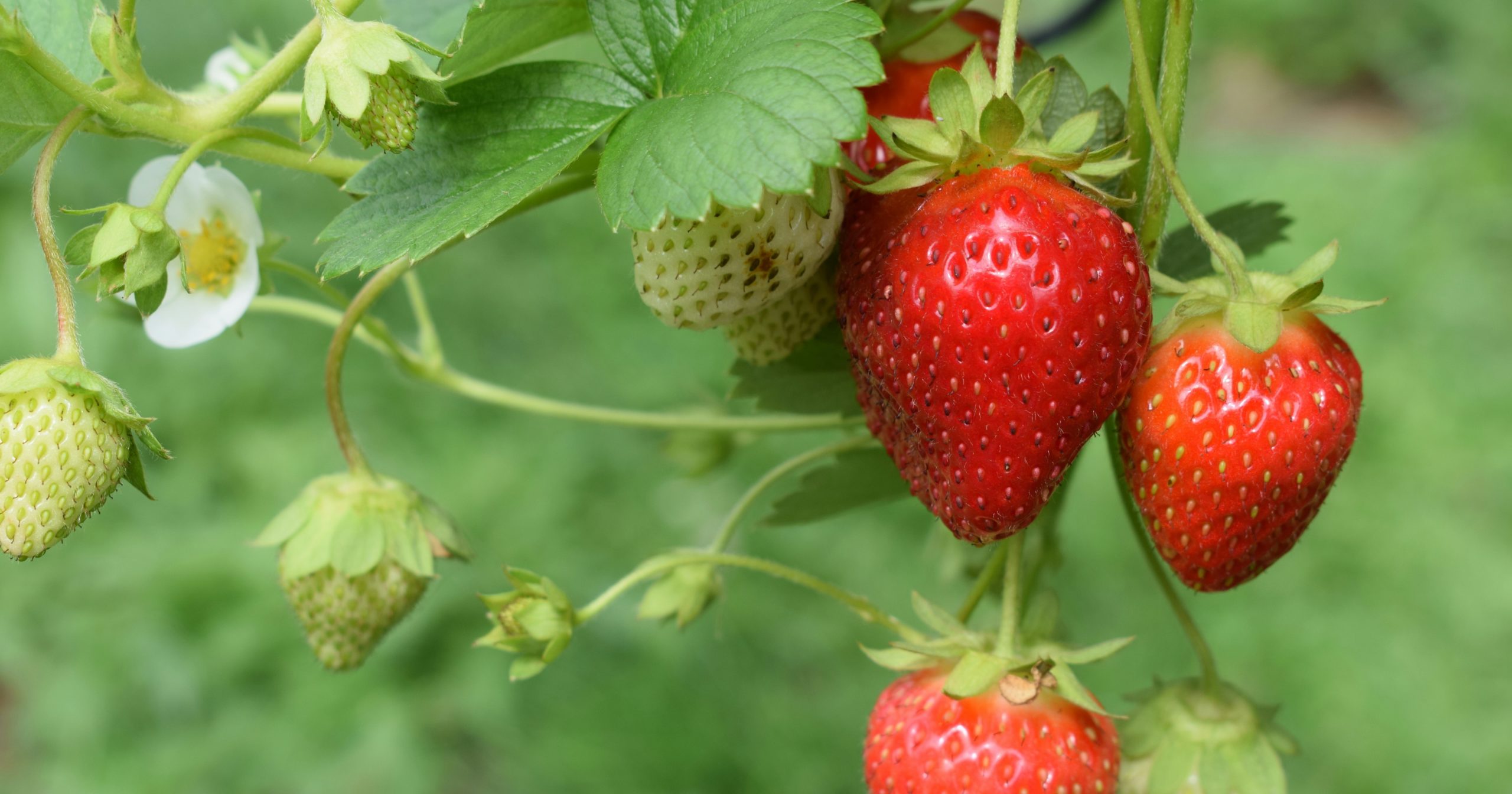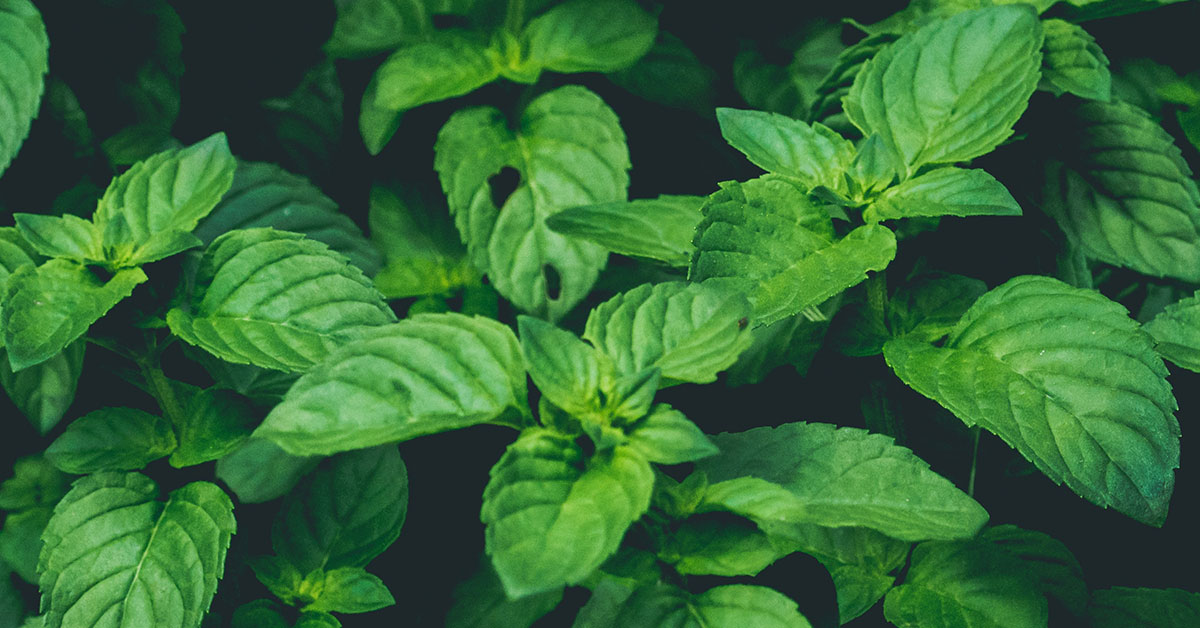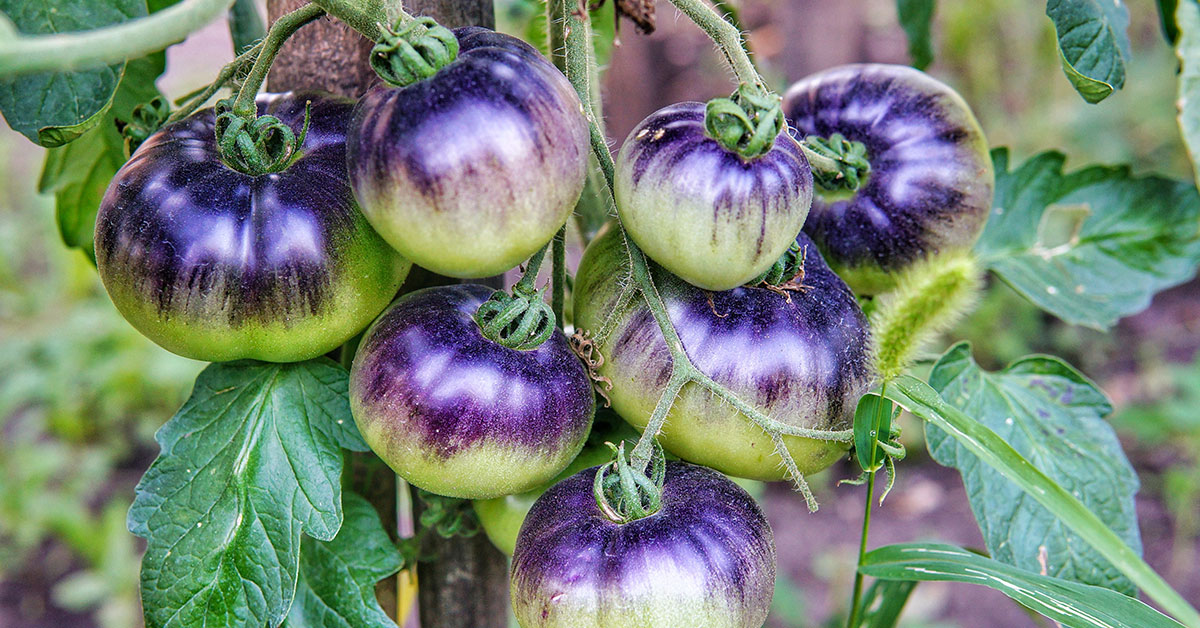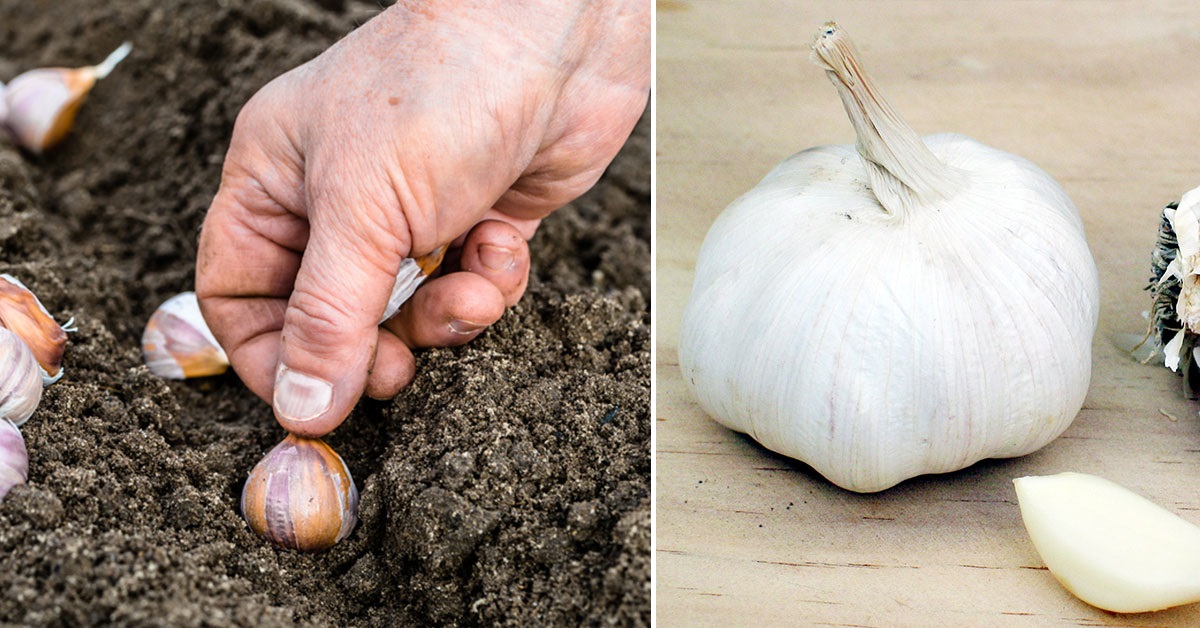The cayenne pepper plant, also known as Capsicum annuum, is a type of chili pepper that is widely cultivated for its spicy flavor and medicinal properties. This plant is native to Central and South America, but can now be found in many parts of the world.
The cayenne pepper plant is a popular choice among gardeners for its easy-to-grow nature, attractive appearance, and versatility in the kitchen. In this blog post, we will take a closer look at the cayenne pepper plant and explore its many uses and benefits.
What is a cayenne pepper?
A Cayenne pepper plant is a popular hot pepper plant that is native to South America. The plant is known for its long, slender, and fiery red fruits that are used in cooking to add a spicy kick to dishes. The plant belongs to the Capsicum annuum family and can grow up to 3 feet tall. It is a relatively easy plant to grow and can be grown both indoors and outdoors.
The plant requires ample sunlight, well-draining soil, and regular watering to thrive. The fruits of the plant are rich in vitamins A, C, and K, and are also a good source of fiber. The Cayenne pepper plant is a great addition to any garden or kitchen, as it adds both beauty and flavor to any space.
What does cayenne pepper taste like?
When it comes to adding some spice to your dishes, the cayenne pepper plant is an excellent choice. This plant is known for its fiery flavor and is commonly used to add heat to a variety of dishes. But what exactly does cayenne pepper plant taste like?
First and foremost, cayenne pepper plants offer a strong, spicy flavor. The heat level can range from mild to intensely hot, depending on the variety of pepper and how it’s prepared. When eaten raw, cayenne peppers have a slightly sweet taste but are quickly followed by a strong, burning sensation.
Cayenne pepper plants are known for their versatility in the kitchen. They can be used in a variety of dishes, including soups, stews, sauces, and marinades. They can also be used as a rub for meats and vegetables or as a seasoning for snacks like popcorn or roasted nuts.
When it comes to pairing cayenne pepper plant with other flavors, it’s best to pair it with ingredients that can balance out the heat. For example, cayenne pepper pairs well with ingredients like tomatoes, garlic, onions, and citrus fruits.
Overall, the cayenne pepper plant offers a bold and spicy flavor that can add a kick to any dish. Whether you’re a fan of mild or hot foods, this plant is sure to add some excitement to your meals.
How to start cayenne pepper seeds
If you’re interested in growing your own cayenne pepper plant, starting from seed is a great way to go. Here’s a step-by-step guide on how to get started:
- Choose the right seeds: Make sure you choose high-quality cayenne pepper seeds from a reputable source. You can find seeds at your local garden center or online.
- Prepare your planting containers: You can start your cayenne pepper seeds in small pots, seed trays, or even egg cartons. Just make sure your containers have drainage holes at the bottom to prevent water from pooling.
- Fill your containers with soil: Use a good quality potting soil and fill your containers about ¾ full. Gently pat down the soil to create a flat surface.
- Plant your seeds: Make a small hole in the center of your soil-filled container, about 1/4 to 1/2 inch deep. Drop a seed into the hole and cover it with soil. Gently press the soil down around the seed.
- Water your seeds: Use a gentle spray from a watering can or spray bottle to moisten the soil. Make sure not to over-water, as this can lead to fungal growth.
- Provide proper lighting: Cayenne pepper seeds need plenty of light to germinate. Place your containers in a sunny spot or under a grow light. Keep the soil moist, but not waterlogged.
- Wait for germination: Cayenne pepper seeds typically take 10-14 days to germinate. Once your seedlings have emerged, move them to a sunny window or continue to provide them with artificial light.
- Transplant your seedlings: Once your seedlings have grown to about 3-4 inches tall, they are ready to be transplanted into larger containers or into the ground. Make sure to choose a location with plenty of sunlight and well-draining soil.
By following these steps, you can start your own cayenne pepper plants from seed and enjoy a bountiful harvest of spicy peppers.
How to grow cayenne peppers
If you are a fan of spicy food, you may want to consider growing your own cayenne pepper plant. Not only is it a great addition to your garden, but it’s also relatively easy to care for. Here are some steps on how to grow a cayenne pepper plant:
- Choose a location: Cayenne pepper plants thrive in warm and sunny areas, so choose a spot in your garden that receives at least six hours of sunlight a day.
- Prepare the soil: Cayenne pepper plants prefer well-draining soil, so make sure to amend the soil with compost or other organic matter to ensure proper drainage. The pH level should be between 6.0 and 6.8.
- Plant the seeds: Plant the seeds about ¼ inch deep and 18 inches apart. Water the soil well after planting to ensure that the seeds are properly hydrated.
- Watering: Water regularly, about 1 inch of water per week. Be careful not to over-water, as this can cause the plant to rot.
- Fertilizing: Fertilize the plant with a balanced fertilizer every four to six weeks during the growing season.
- Pruning: Prune the plant to encourage heavy fruit production. Pinch off the tips of the branches when the plant reaches about 10 inches tall to encourage branching.
- Harvesting: Cayenne peppers are ready to be harvested when they are bright red and about 4-6 inches long. Cut the peppers off the plant with a sharp pair of scissors or pruning shears.
Growing a cayenne pepper plant can be a fun and rewarding experience. With these simple steps, you can enjoy fresh, spicy peppers right from your own garden.
When to harvest cayenne peppers
Cayenne pepper plants are known for their spicy and flavorful peppers. These plants are easy to grow and can be grown both indoors and outdoors. Once the plant reaches maturity, it will start producing peppers. But, how do you know when it’s time to harvest the peppers?
The first step to harvesting your cayenne pepper plant is determining when the peppers are ready to be picked. Typically, cayenne pepper plants take around 70-80 days to mature from the time of planting. Once the peppers start to turn red, they are ready to be harvested. However, you can also harvest the peppers when they are still green.
Another way to tell if the peppers are ready to be harvested is by checking their size. Cayenne peppers are usually around 5-6 inches long when they are fully matured. If the peppers on your plant have reached this size, it’s time to harvest them.
How to Harvest Cayenne Pepper Plant
Harvesting cayenne peppers is a simple process that can be done by hand. You can either pluck the peppers off the plant or use a pair of scissors to cut them off. It’s important to be gentle while harvesting to avoid damaging the plant.
If you want to harvest the peppers when they are green, you can do so by gently pulling them off the plant. However, if you want to harvest the peppers when they are red, it’s best to use scissors to cut them off. This will prevent any damage to the plant and ensure that the peppers remain intact.
Once you have harvested the peppers, it’s important to store them properly. You can either use them fresh or dry them for later use. To dry the peppers, you can hang them upside down in a dry and well-ventilated area. Once they are completely dry, you can store them in an airtight container for later use.
In conclusion, harvesting cayenne peppers is a simple process that can be done by hand. By following these simple tips, you can ensure that your peppers are harvested at the right time and stored properly for later use.
